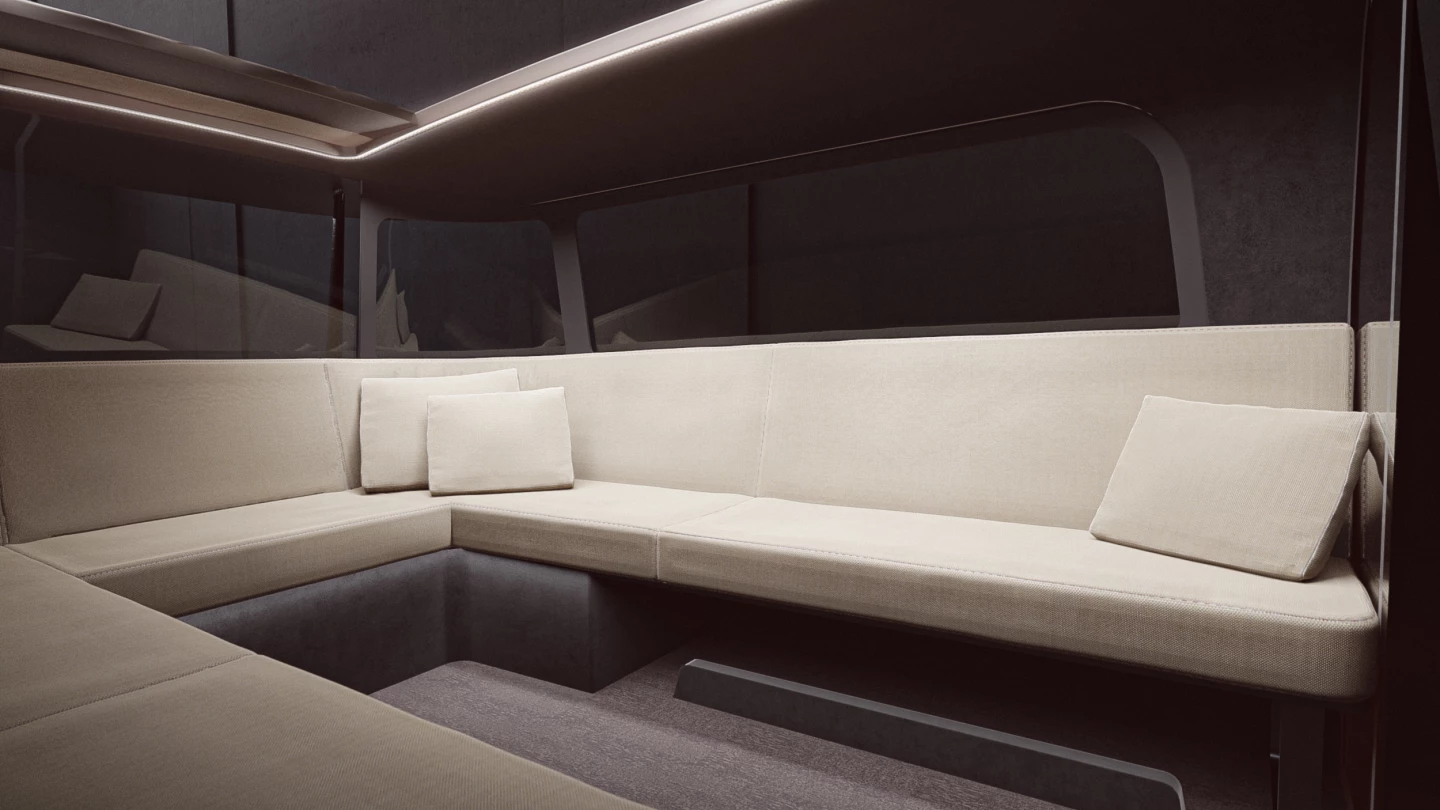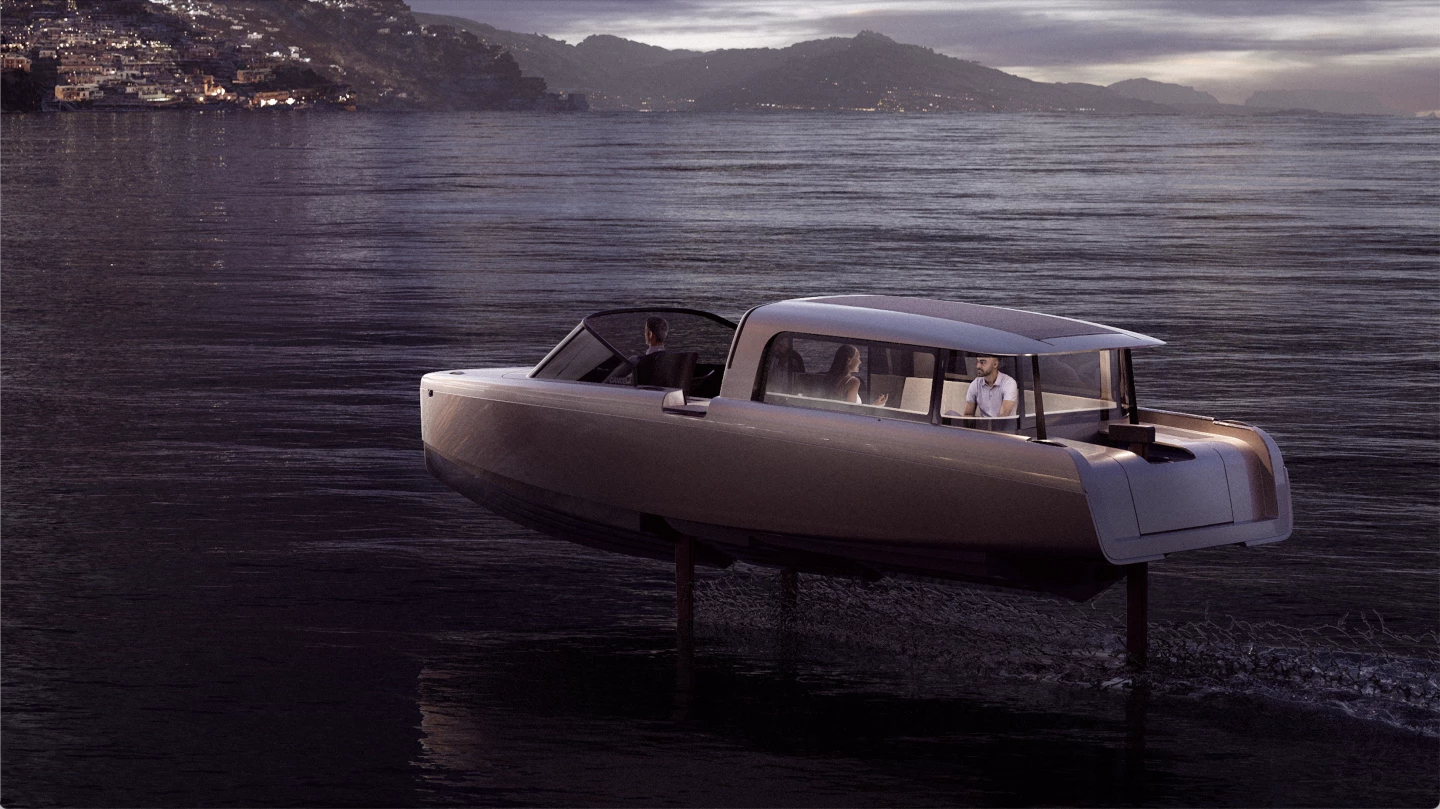It was just this February that we heard about the first "flight" of Candela's C-8 electric hydrofoil. Now, the Swedish company has announced its latest model, the better-appointed P-8 Voyager.
Debuting this Monday (May 30th) at the Salone Nautico show in Venice, the P-8 measures 8.6 m long by 2.5 m wide (28.2 by 8.2 ft), has a carbon fiber hull, and is powered by a 50-kW Candela C-POD electric motor. The latter takes it to a cruising speed of 20 knots (37 km/h or 23 mph), and a top speed of 30 knots (56 km/h or 35 mph).
Once the boat reaches a speed of 16 knots (30 km/h or 18 mph), its two retractable foils lift its hull out of the water, greatly reducing hydrodynamic friction. As a result, one charge of the P-8's lithium battery pack should reportedly be good for a range of 50 nautical miles (93 km/58 miles) at a speed of 20 knots.

Lifting the hull clear of the water also offers a couple of other benefits.
For one thing, when hydrofoiling, the boat creates a wake just 5 cm high (2 in) – this should help protect reefs and shorelines from damage. Additionally, swells of up to 4 ft (1.2 m) in height will "hardly be noticeable for passengers," as an onboard computer continuously tweaks the foil angle, adjusting the P-8's roll, pitch and height 100 times per second to ensure a smooth and stable ride.

While the existing C-8 is more consumer-oriented, the P-8 is aimed at professional uses such as being a yacht tender or water taxi. It can accommodate six passengers and two crew in its air-conditioned cabin.
Plans call for production of the P-8 Voyager to begin this fall (Northern Hemisphere). It can be preordered now, with prices starting at €450,000 (about US$485,217).
Source: Candela








